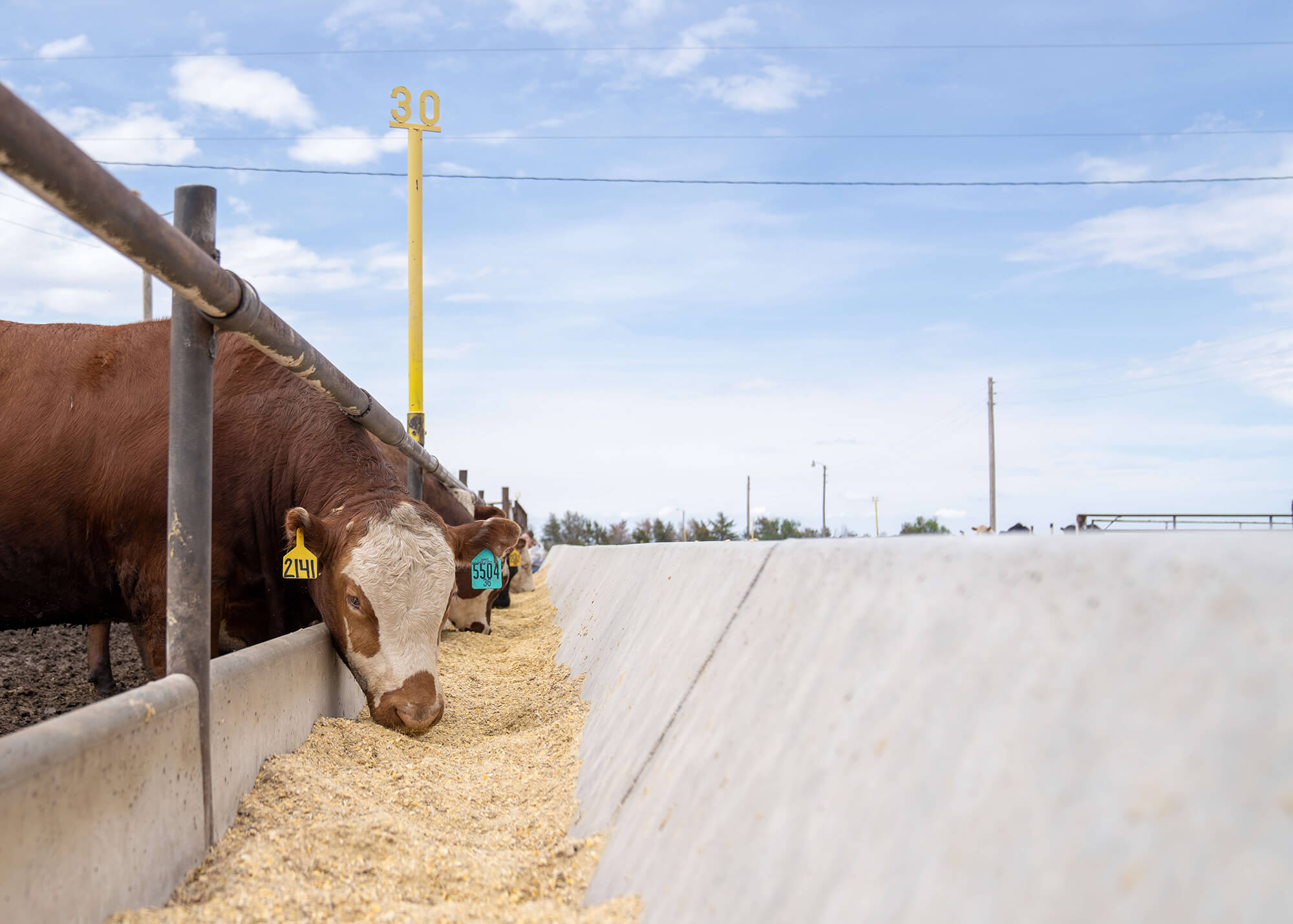About the Program
This USDA-funded project, which ran from 2011 to 2017, aimed to develop selection tools and better understanding of feed efficiency in beef production, identify genetic markers associated with feed intake across multiple breeds and generate data for genomic predictions of feed intake and efficiency. The project collected individual feed intake, weight, and end product quality data from over 8,000 animals across 8 breeds: (Angus, Red Angus, Hereford, Simmental, Charolais, Gelbvieh, Wagyu, Limousin).
The project also sought to cooperate with selected seedstock producers and breed association personnel from multiple breeds to help them understand and implement genomic selection, and to gain knowledge relative to the importance of selecting for improved feed efficiency and the tools available to do so.
